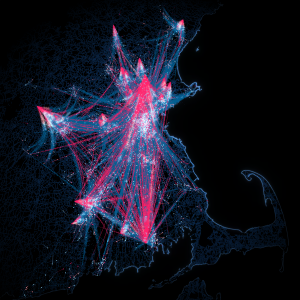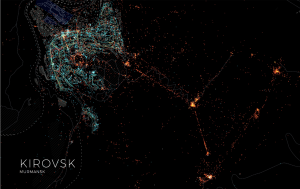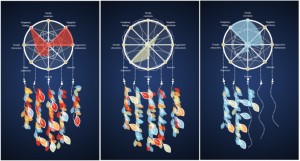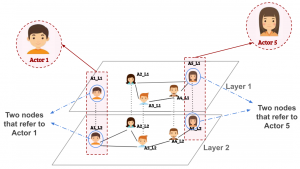This month we have published four new papers, in Nature, Sustainability, IEEE Computer Graphics and Applications, and ACM Computing Surveys:
- The universal visitation law of human mobility, by M. Schläpfer, L. Dong, K. O’Keeffe, P. Santi, M. Szell, H. Salat, S. Anklesaria, M. Vazifeh, C. Ratti, G.B. West, published in Nature
More info at the accompanying interactive website: https://senseable.mit.edu/wanderlust/

This paper reveals a simple and robust scaling law that captures the temporal and spatial spectrum of population movement on the basis of large-scale mobility data from diverse cities around the globe.
- Implementing Gehl’s Theory to Study Urban Space. The Case of Monotowns, by D. Cerrone, J. López Baeza, P. Lehtovuori, D. Quercia, R. Schifanella, and L.M. Aiello, published in Sustainability

The paper presents a method to operationalize Jan Gehl’s questions for public space into metrics to map Russian monotowns’ urban life in 2017. With the use of social media data, it becomes possible to scale Gehl’s approach from the survey of small urban areas to the analysis of entire cities while maintaining the human scale’s resolution. - The Dreamcatcher: Interactive Storytelling of Dreams, by E.P. Bogucka, B.A. Aseniero, L.M. Aiello, D. Quercia, published in IEEE Computer Graphics and Applications

Here we designed “The Dreamcatcher,” an interactive visual tool that explores the link between dreams and waking life through a collection of dream reports. We conducted a user study with 154 participants and found a 25% increase in the number of people believing that dream analysis can improve our daily lives after interacting with our tool. The visualization informed people about the potential of the continuity hypothesis to a surprising extent, to the point that it increased their concerns about sharing their own dream reports, thus opening new questions on how to design privacy-aware tools for dream collection. - Community Detection in Multiplex Networks, by M. Magnani, O. Hanteer, R. Interdonato, L. Rossi, A. Tagarelli, published in ACM Computing Surveys

Here we provide a taxonomy of community detection algorithms in multiplex networks. We characterize the different algorithms based on various properties and we discuss the type of communities detected by each method. We then provide an extensive experimental evaluation of the reviewed methods to answer three main questions: to what extent the evaluated methods are able to detect ground-truth communities, to what extent different methods produce similar community structures, and to what extent the evaluated methods are scalable. Besides offering a much needed overview of the methods and assumptions of CD in multiplex networks the paper attempts to provide few guiding principles for the choice of a community detection approach to multiplex data.
